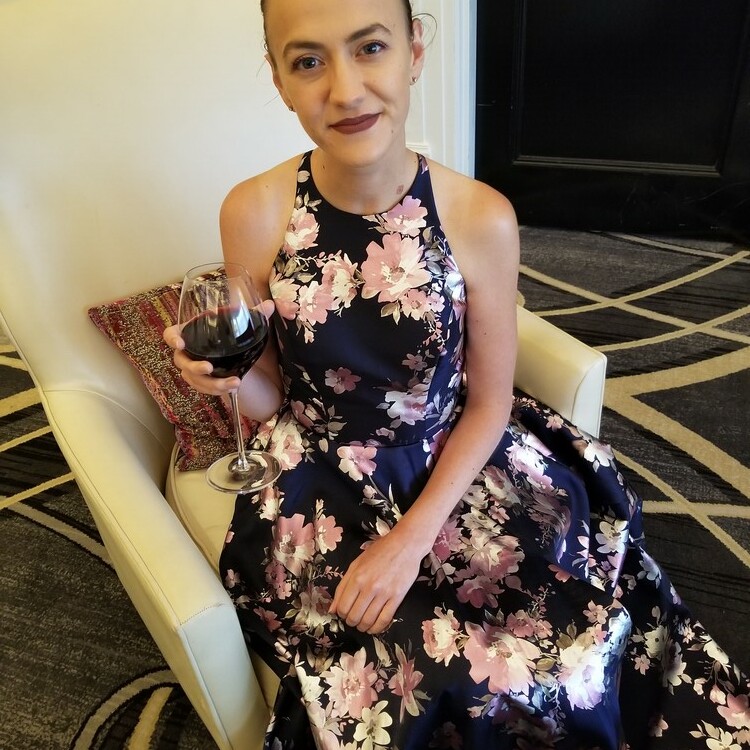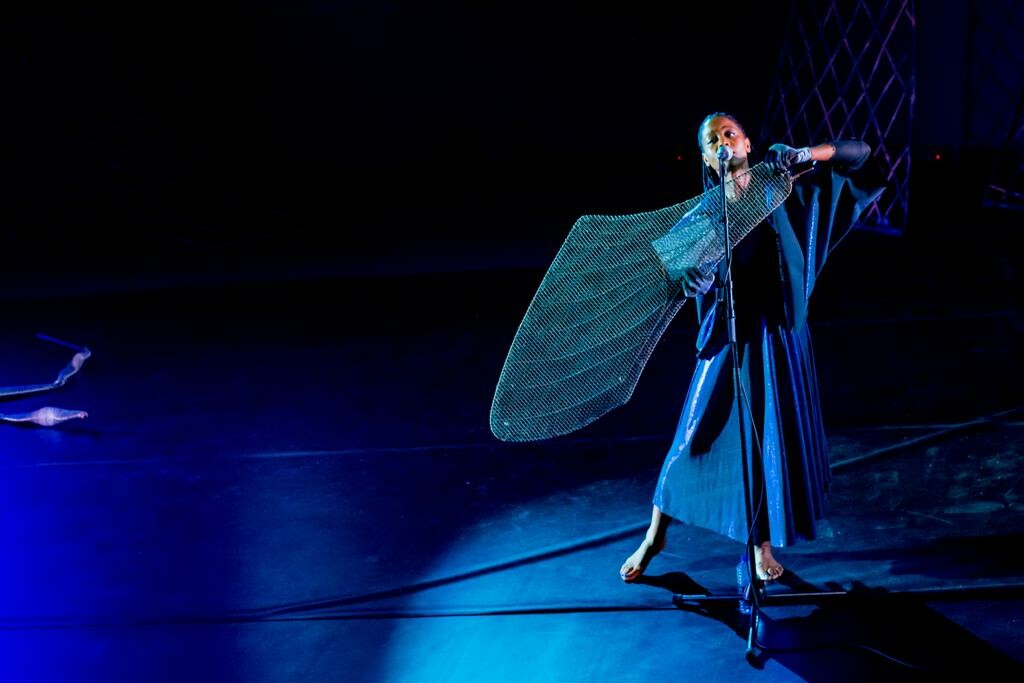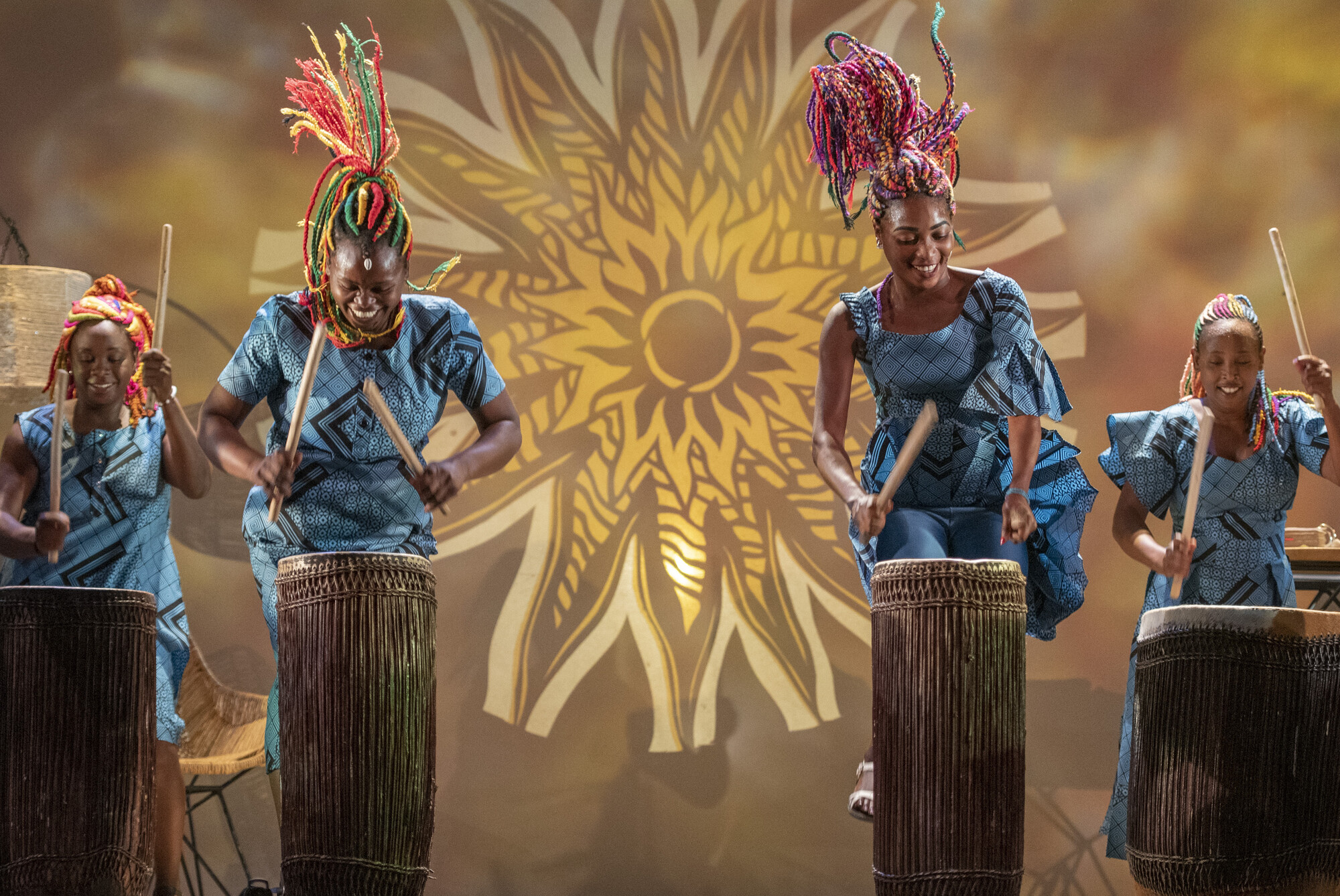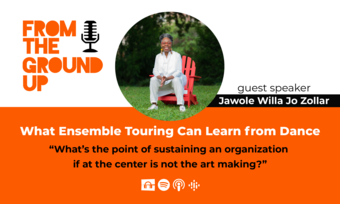When you ask Rwandans where they were during the genocide of 1994, they will tell you that they were not there, Odile Gakire Katese tells the audience. During the hundred-day-long mass murder in which at least eight hundred thousand Tutsis and defiant Hutus were slaughtered, they were away at school or visiting relatives. The entire country was inexplicably empty. “I don’t know how heavy your story is,” Katese says, “maybe you have to change it to survive.”
Katese, better known to her audience as Kiki, performed her one-woman show The Book of Life as a part of Rwanda’s annual Ubumuntu Art Festival. This year, the three-day festival brought together artists from twelve different countries and five continents. These performances included dancers from Spain and The Democratic Republic of The Congo (DRC), poets from Kenya and South Africa, singers from Nigeria, actors from Burundi and Uganda, and of course, a strong representation from Rwandan artists as both collaborators and standalone presenters. While some performances uniquely centered dance or music, most performances intertwined multilingual dialogue, dance, music, poetry, and media in various combinations.
These young performers carry the weight of this history and take their duty to tell and retell the stories seriously.
“Ubumuntu” is a Kinyarwanda word meaning “humanity.” Embracing our shared humanity, especially in the face of fear, is the prevalent theme of the festival. This is further illuminated by the festival’s venue, the Kigali Genocide Memorial, the burial site for 250,000 genocide victims (and counting), which contains an overview of the history leading up to and during the genocide. Each evening, the master of ceremonies, Fola Folayan, began by leading the audience in a moment of silence to honor the lives lost.
What followed these quiet moments was far from somber but was always just as reflective. The performances were often exuberant and celebratory. They heavily engaged the audience (my husband and I found ourselves frequent targets for audience participation). And they explored the full breadth of what it means to be a human post-tragedy—the highs and the lows.














Comments
The article is just the start of the conversation—we want to know what you think about this subject, too! HowlRound is a space for knowledge-sharing, and we welcome spirited, thoughtful, and on-topic dialogue. Find our full comments policy here
As we approach the end of the year, I am thinking about my Goodreads goal and the debate that always seems to arise at this time; whether or not audiobooks should "count." This experience in Rwanda made me question, what is the actual difference between interpreting symbols on a page to reap meaning and knowledge and interpreting the sounds from someone's mouth to do the same?
Great article! I feel like I was there!
Thank! For anyone in Boston: https://artsemerson.org/event…
And for those who may not be able to make the Boston show coming up, it appears they are advertising a livestream performance! It may not be too late.